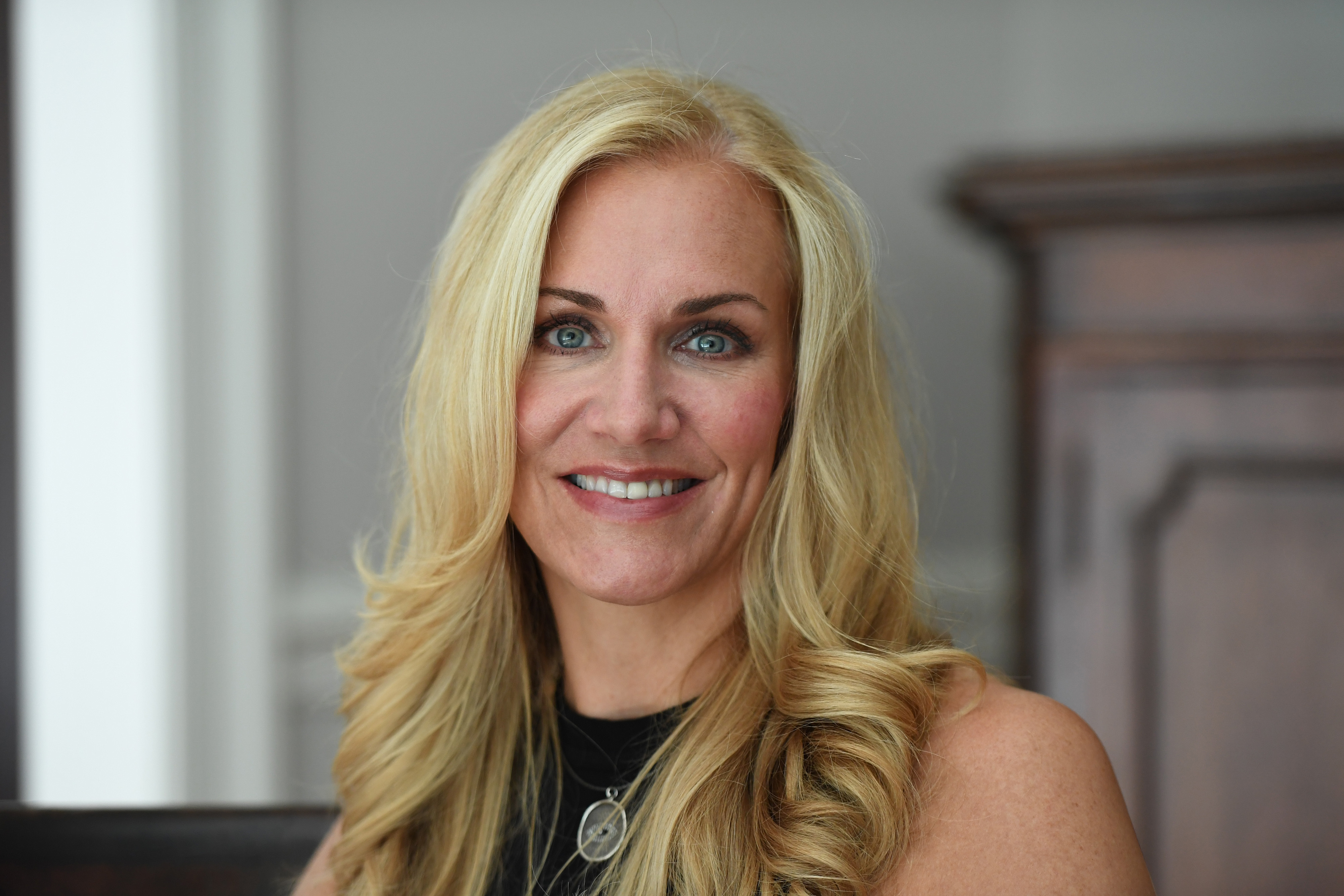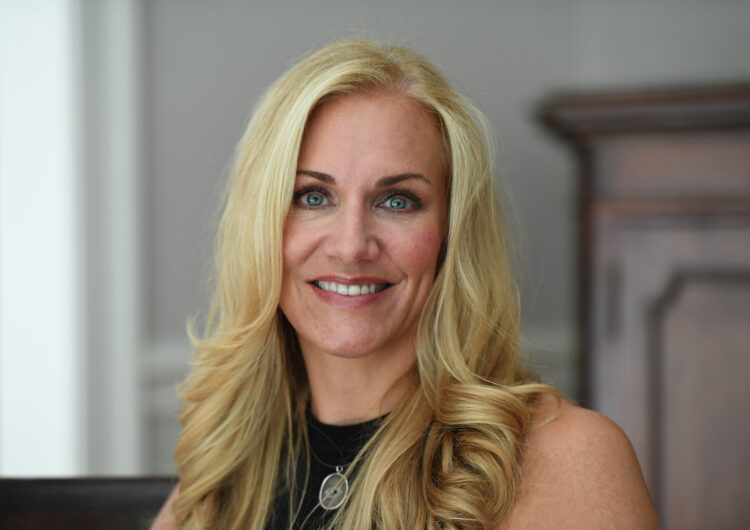
By Exec Edge Editorial Staff
Just a few years ago, the word “omnichannel” was rarely heard in meeting rooms—let alone board rooms. Now, it’s become the primary customer experience strategy of many major brands worldwide. At the forefront of this sea change was customer experience and marketing expert Julie Roehm.
One of the most awarded and respected business leaders today, Roehm is best known for her leadership roles with Ford, DaimlerChrysler, and SAP. She had the unique experience of guiding a retail brand through the pandemic and discovered early on that an omnichannel strategy was not just the key to surviving this disruptive event—it would also define customer expectations in a post-pandemic world.
Drawing on her nearly 30 years of expertise, Roehm, shares her reasons for embracing an omnichannel strategy and how it can enhance the customer experience.
What are Omnichannel Experiences?
By adopting an omnichannel strategy, companies remove barriers between various communication channels to create a seamless customer experience. Customers in an omnichannel system are able to access all of a business’s products and services on any platform, device, or channel. Customers are also able to move between channels seamlessly. So, a customer may request a sample on Instagram, receive it via email, and chat with a service representative on Facebook Messenger—all before making a purchase at a physical store.
“Omnichannel experiences should be a necessity for any modern brand,” said Julie Roehm. “By connecting individual customer touchpoints across a variety of channels, brands can improve customer satisfaction, brand loyalty, and ultimately, increase revenue and sales.”
An omnichannel strategy is the evolution of a multi-channel strategy, which has been the norm for the past 10-15 years. A multi-channel strategy acknowledges the importance of being present in more than one place (social media, email, mobile apps, etc.) but not integrating those experiences into one seamless journey.
Despite having the technology to do so, most businesses were slow to transition to an omnichannel strategy until the pandemic left them little choice.
The Omnichannel Shift
The pandemic caused a shift in consumer behavior and required businesses to evolve their customer experience strategies. Businesses had to quickly adopt an omnichannel approach as a way to reach customers in ways that were safe and convenient. Three years later, as we begin 2023, we’re just beginning to see the implications of omnichannel marketing, including the effects it’s had on customer behavior and on revenues.
“The shutdown of in-person services taught us the importance [of omnichannel communication] and its staying power,” said Julie Roehm. “Not only did companies start to embrace ‘omnichannel’ as a way of reaching customers during the pandemic, but they are also continuing to use it going forward. Thus, the pandemic has completely altered the way in which companies operate, as well as customers’ expectations and habits.”
This is especially true for established retail brands that were already struggling to compete with online sellers. As Chief Experience Officer and Chief Marketing Officer of a retail brand with 850+ locations, Julie Roehm instituted changes to the customer journey by breaking down the barriers between digital and in-person channels. Her actions resulted in an 80% increase in digital sales and the institution of new rapid delivery methods that circumvent the need to enter a store.
Other iconic retailers, such as GNC, J.C. Penny, and Pier 1, failed to adapt and are no longer operating.
Why Brands Must Transition to an Omnichannel Strategy
The omnichannel approach is not just a reaction to pandemic-spurred necessity—it’s an improvement on previous communication strategies. Omnichannel experiences have become the new norm, and brands that fail to adapt will not fare well in the future. According to Julie, Roehm, the following are the three clearest reasons for implementing an omnichannel strategy.
1. It Reaches More Customers
Multi-channel strategies were adopted because customers were segmented into diverse channels across the web. Being present on more channels allowed brands to reach more customers. An omnichannel approach takes this to the next level. Brands are able to reach customers through the platform or format they prefer, send targeted communications across channels, offer products and services on more channels, and gather more comprehensive data.
Not only that, but omnichannel strategies also reach better customers. The average omnichannel customer spends 15-30% more per purchase than single-channel customers.
2. It Simplifies the Customer Journey
Investing in omnichannel experiences results in improved customer experiences, plain and simple. We know this because omnichannel customers are more likely to engage with a brand’s digital touchpoints, and they spend more money when they do. Omnichannel experiences reduce friction during the customer journey and make it easier for customers to meet their needs faster.
“There’s a convenience to omnichannel which is here to stay,” said Julie Roehm. “Especially from the customer journey, people have high expectations from anything that makes their experience easy. Now, there is no tolerance for things that are difficult.”
Increased customer retention rates, conversion rates, and brand loyalty naturally follow when businesses improve the customer experience.
3. For Retailers, it Leverages Brick-and-Mortar Locations
The dominance of online sellers has left the retail industry in constant flux, and traditional brick-and-mortar operations have been on the chopping block for decades. While the pandemic spelled doom for dozens of large retailers, resilient brands used omnichannel strategies to leverage their physical locations and provide better experiences to customers.
Omnichannel strategies allow traditional retailers to offer something that online sellers can’t: the opportunity to interact with both physical locations and digital spaces. And omnichannel customers are eager to do just that by shopping online, using in-store digital touchpoints, picking up purchases at digital locations, and ordering products from local stores.
During the pandemic, Julie Roehm successfully disrupted the retail sector early on by instituting curbside pickup and delivery when it was still largely reserved for the restaurant industry. She even partnered with a national rental car agency (another suffering industry) to act as a delivery force for both brands’ mutual benefit. While online competitors struggled with stock and delivery issues, Roehm was able to meet the needs of customers with accurate availability and prompt fulfillment.
“During the pandemic, we had to reinvent many aspects and merge our channels for new experiences that consumers were demanding. There’s a convenience to omnichannel, which no doubt is here to stay, and brands must embrace this in 2023,” said Roehm.
About Julie Roehm
Julie Roehm is an award-winning marketer and entrepreneur. She is known for her transformational business strategies that have ushered in massive growth at some of the world’s most successful companies. With a particular knack for tech innovation, Roehm has helped implement multichannel and omnichannel strategies at companies like Ford, DaimlerChrysler, and SAP. For her work with DaimlerChrysler, she was inducted into the Advertising Hall of Fame and honored as “Marketer of the Year” by BrandWeek. She was named among the “Top 50 Women in Brand Marketing” by Brand Innovators, and she received the “Booth Distinguished Alumni Award” from the University of Chicago. Most recently, she was named a “2022 Top Marketer Award Winner” by ONCON ICON.
Contact:
Exec Edge
www.executives-edge.com
Editor@executives-edge.com





